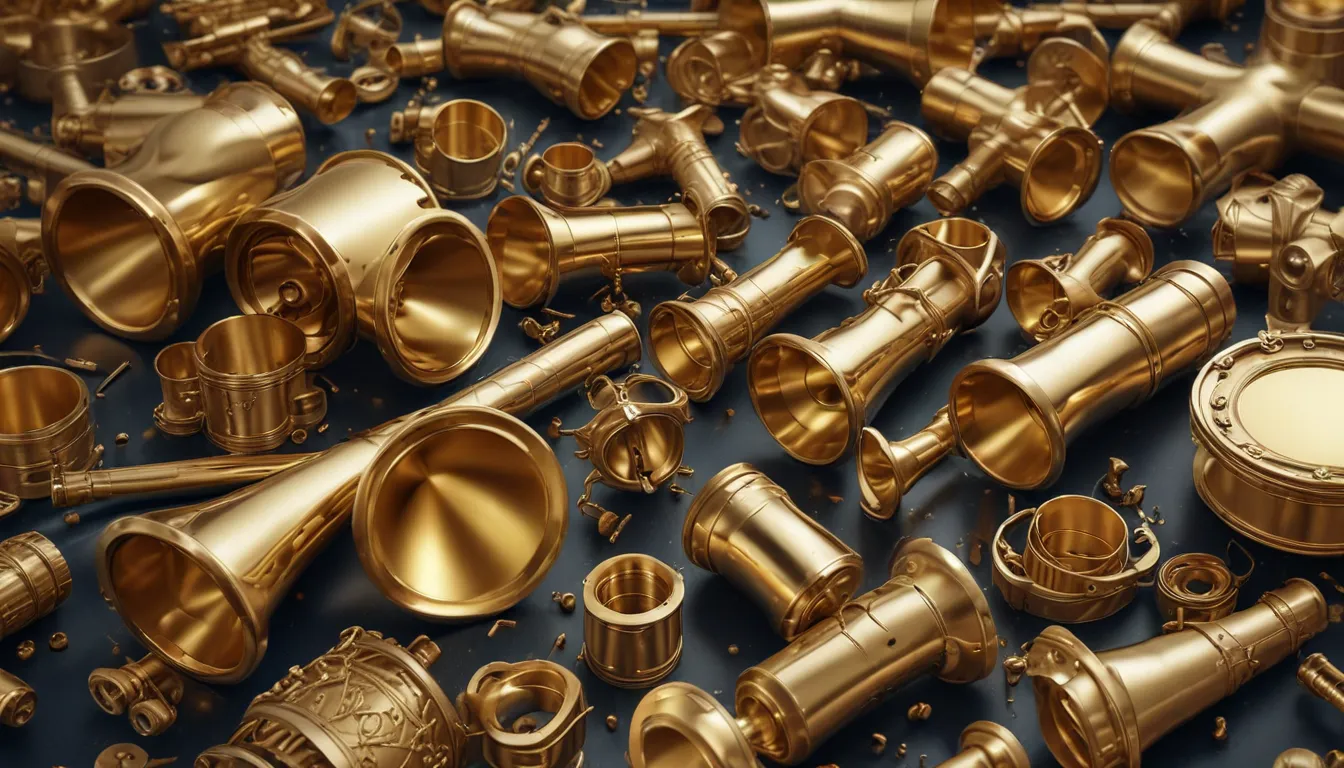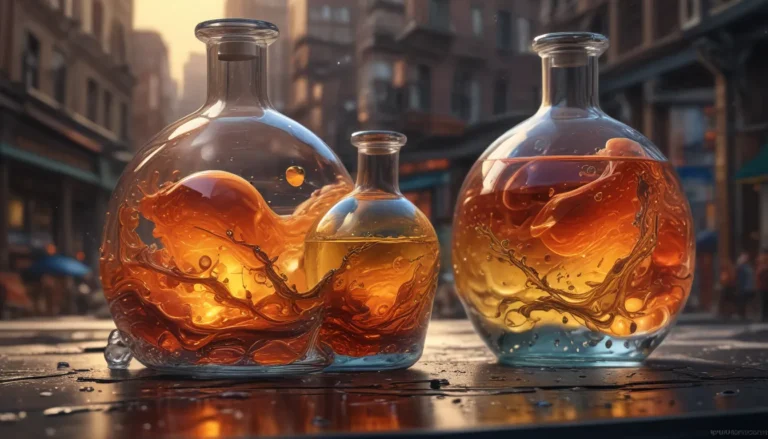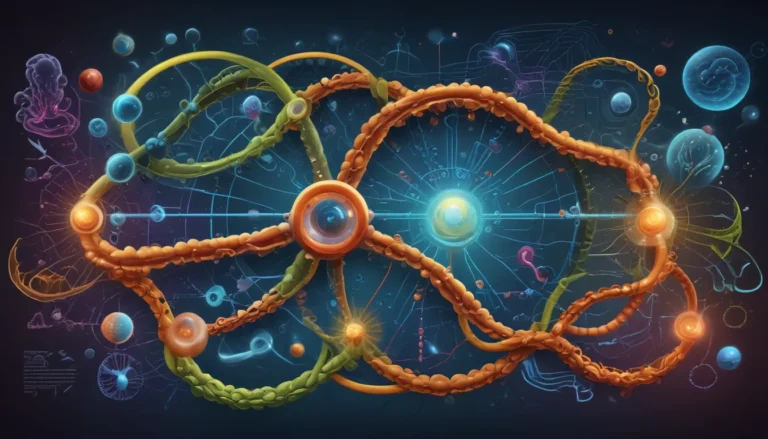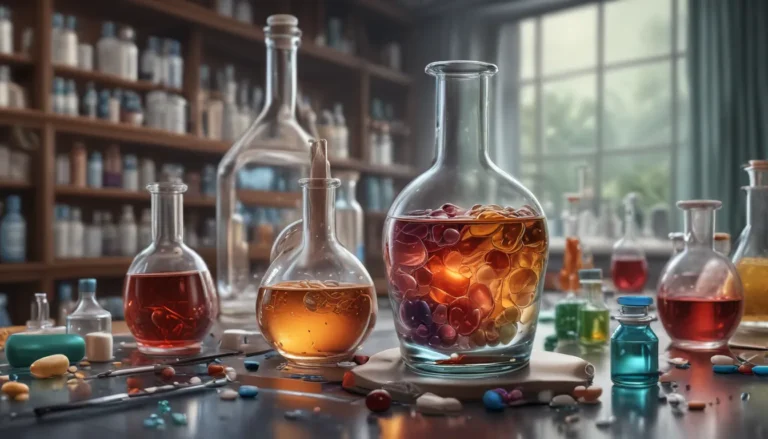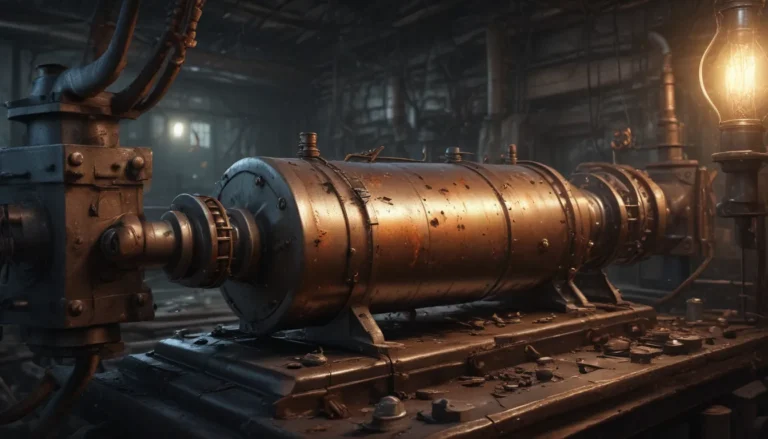A Note About Images: The images used in our articles are for illustration purposes only and may not exactly match the content. They are meant to engage readers, but the text should be relied upon for accurate information.
Welcome to the enchanting realm of brass, an alloy steeped in history and brimming with unique properties. From its ancient beginnings to its diverse applications in modern society, brass continues to captivate with its durability, malleability, and attractive appearance. In this article, we will delve into the intriguing facts, remarkable properties, and wide-ranging uses of brass. Join us on this illuminating journey to uncover the wonders of this extraordinary alloy.
Ancient Origins and Historical Significance
Brass traces its roots back to ancient civilizations, including the Mesopotamians, Egyptians, and Romans, who discovered the art of combining copper and zinc to create early versions of brass. These early societies valued brass for its decorative appeal and functional utility, using it to craft exquisite objects and tools.
During the medieval period, brass experienced a surge in popularity as a material for coins, weaponry, and decorative items. The establishment of brass trade routes facilitated its widespread use and influence across different regions, solidifying its role as a coveted alloy with enduring appeal.
The Allure of Brass: Properties and Characteristics
Durability and Resilience
One of brass’s key attributes is its exceptional durability, stemming from the combination of copper’s strength and zinc’s corrosion resistance. This unique blend of properties enables brass to withstand harsh environmental conditions, making it an ideal choice for outdoor applications where longevity is paramount.
Malleability and Formability
Brass is renowned for its remarkable malleability, allowing it to be easily shaped into intricate designs and forms. Whether hammered, rolled, or extruded, brass retains its structural integrity, making it a versatile material for a wide range of applications.
Aesthetic Appeal and Timeless Elegance
The distinctive golden hue of brass has long captivated admirers, lending an aesthetic appeal that spans centuries. Its warm, lustrous surface exudes a timeless elegance, enhancing the beauty of architectural details, jewelry, and decorative items with its radiant glow.
Applications of Brass in Various Sectors
Architecture and Interior Design
Brass finds widespread use in architectural elements such as doorknobs, hinges, and decorative fittings, where its beauty and durability shine. Whether adorning buildings or enhancing interiors, brass adds a touch of sophistication and charm to any space.
Plumbing and Fittings
With its corrosion resistance and antimicrobial properties, brass is a favored material for plumbing fixtures and fittings. Valves, faucets, and connectors made of brass are renowned for their reliability and longevity, making them a trusted choice in the plumbing industry.
Electronics and Electrical Connectors
Brass’s excellent conductivity makes it an invaluable material in the manufacturing of electrical connectors and terminals. By providing a reliable connection while minimizing the risk of overheating, brass ensures the efficient transmission of electrical signals.
Brass in Music: Instruments and Legacy
Brass instruments have long been synonymous with the world of music, with iconic creations like trumpets, trombones, and tubas crafted from brass. Renowned for their unique timbre and resonance, brass instruments owe their distinctive sound to the acoustic properties of this remarkable alloy.
Brass Trivia: Uncovering Curious Facts
The Origin of the Phrase “Brass Monkey”
The expression “cold enough to freeze the balls off a brass monkey” harkens back to a naval practice where brass trays, known as “monkeys,” were used to hold cannonballs on warships. In extreme cold, the metal contraction could cause the cannonballs to dislodge, giving rise to this colorful phrase.
The World of Brass Alloys
Brass can be alloyed with various metals to impart specific properties. For instance, the addition of lead creates “leaded brass,” prized for its machinability and utilized in applications like plumbing fittings. These brass alloys showcase the versatility and adaptability of this exceptional material.
Brass: A Sustainable and Safe Choice
Environmental Friendliness and Recyclability
Brass is considered an environmentally friendly material due to its durability and recyclability. Its ability to be recycled multiple times without compromising its properties reduces the demand for new raw materials, aligning with sustainable practices.
Allergies and Safety Considerations
While brass is generally hypoallergenic, some individuals may experience mild allergic reactions due to the presence of trace metals in the alloy. Despite this, brass jewelry and objects are widely regarded as safe for most people, offering a safe and stylish option for adornment.
Cleaning and Maintenance Tips for Brass
Maintaining the luster and appearance of brass objects is essential to preserve their beauty and longevity. Simple cleaning techniques, such as using commercial brass cleaners, natural solutions like lemon juice or vinegar, or a baking soda paste, can help keep brass items looking their best. Regular dusting and gentle care are key to ensuring the lasting shine of brass creations.
Embrace the Beauty and Brilliance of Brass
As we unravel the intricate tapestry of brass, we uncover a material that transcends time, embodying elegance, functionality, and enduring appeal. From its ancient origins to its modern-day applications, brass continues to enchant and inspire with its captivating qualities. Whether gracing architectural marvels, musical instruments, or everyday objects, brass stands as a testament to human ingenuity and creativity. Delight in the allure of brass, a shimmering alloy that shines brightly in the annals of history and the fabric of our lives.
